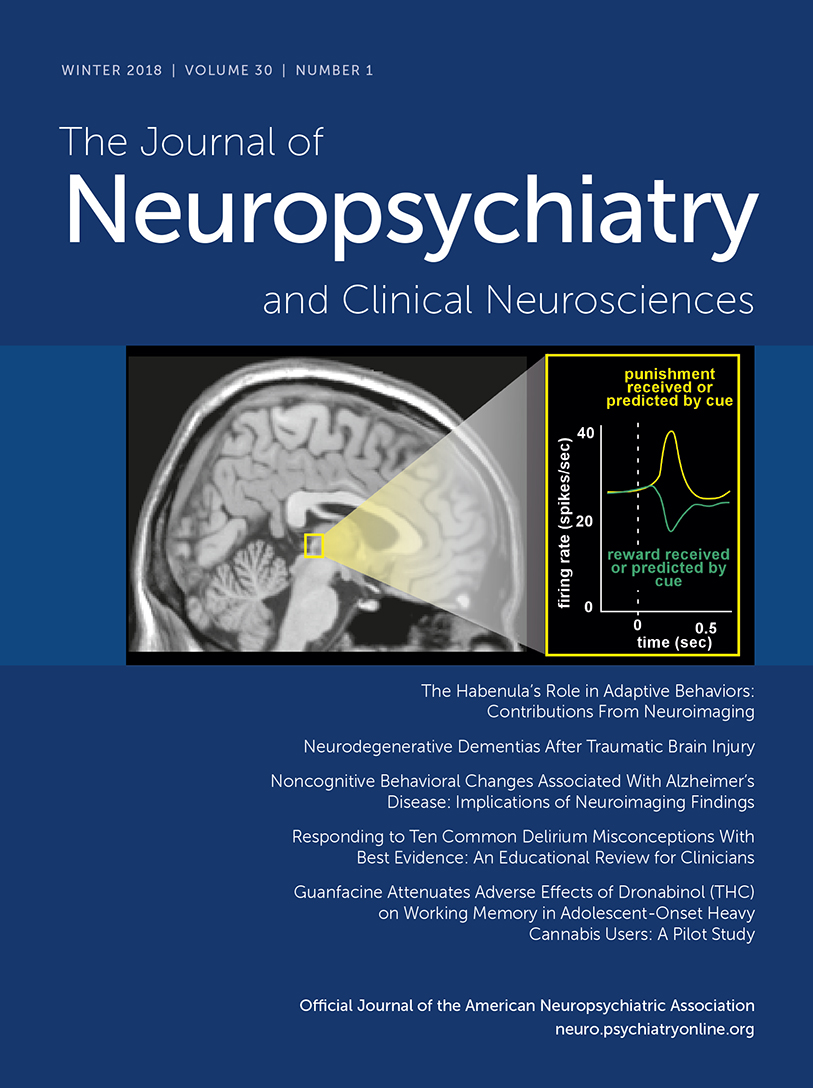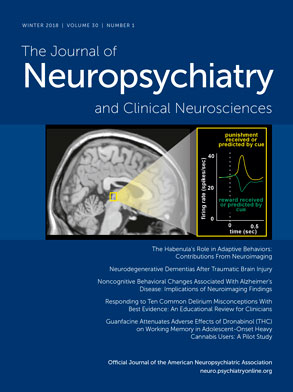The Anterior Temporal Lobes: New Frontiers Opened to Neuropsychological Research by Changes in Health Care and Disease Epidemiology
Abstract
Category-Specific Semantic Disorders
The “Differential Weighting” Account of Category-Specific Semantic Disorders
The Study of the “Sources of Knowledge” for Semantic Categories
The Distinction Within Biological Entities Between Animals and Plant-Life Categories
The Inborn or Experience-Dependent Nature of Categorical Brain Organization
The Role of the Anterior Temporal Lobes in Conceptual Representations
The “Hub-and-Spoke” Model of Conceptual Representation
The Distinction Between Semantic Representation and Semantic Control Disorders
The Role of the Right ATL in Recognizing Familiar People
The Modality-Specific Forms of Disorders of Recognition of Familiar People
The Multimodal Forms of Impaired Recognition of Familiar People
Controversies About the Nature of Face Recognition Disorders in Patients With Right ATL Lesions
Consistencies and Inconsistencies of Findings from Studies of the Anterior Temporal Lobes
Consistency Between the Format of Conceptual and Familiar People Representations in the Right and Left ATL
Inconsistency Between HSE and SD Patients With Respect to Category-Specific Semantic Disorders
Conclusions and Clinical Implications
References
Information & Authors
Information
Published In
History
Keywords
Authors
Funding Information
Metrics & Citations
Metrics
Citations
Export Citations
If you have the appropriate software installed, you can download article citation data to the citation manager of your choice. Simply select your manager software from the list below and click Download.
For more information or tips please see 'Downloading to a citation manager' in the Help menu.
View Options
View options
PDF/EPUB
View PDF/EPUBLogin options
Already a subscriber? Access your subscription through your login credentials or your institution for full access to this article.
Personal login Institutional Login Open Athens loginNot a subscriber?
PsychiatryOnline subscription options offer access to the DSM-5-TR® library, books, journals, CME, and patient resources. This all-in-one virtual library provides psychiatrists and mental health professionals with key resources for diagnosis, treatment, research, and professional development.
Need more help? PsychiatryOnline Customer Service may be reached by emailing [email protected] or by calling 800-368-5777 (in the U.S.) or 703-907-7322 (outside the U.S.).

